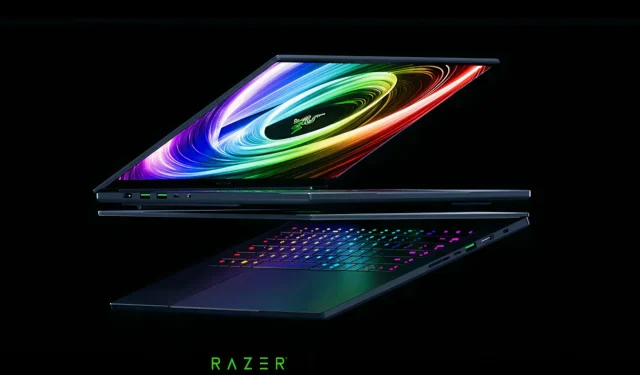Overview
- Razer has halted laptop pre-orders amid impending tariffs in the U.S., with no official communication on the changes.
- Significant tariffs are anticipated soon, raising concerns about their impact on various product imports.
- Future availability of Razer laptops may depend on internal pricing strategies, likely leading to price increases.
Razer has unexpectedly discontinued pre-orders for its latest laptops and removed all existing models from its sales page for U.S. customers. Although Razer has not provided a formal explanation, the timing suggests a correlation with the new tariffs set to take effect in the United States.
As of April 5, the Trump administration has implemented a 10% baseline tariff on all imports coming into the U.S. However, larger tariffs are on the horizon that could affect imports from multiple countries, which seems to have prompted this abrupt change regarding Razer’s laptop offerings.
The Razer Blade 16 gaming laptop had previously been a focal point for the brand, with active pre-order links displayed on the U.S. site. However, as reported by The Verge, the pre-order link has vanished, leaving only an option for users to get notifications. A thorough browse of Razer’s website reveals that no laptops are currently up for sale; only accessories remain listed on the laptop store page. There remains uncertainty about when, or if, the laptops will make a return.
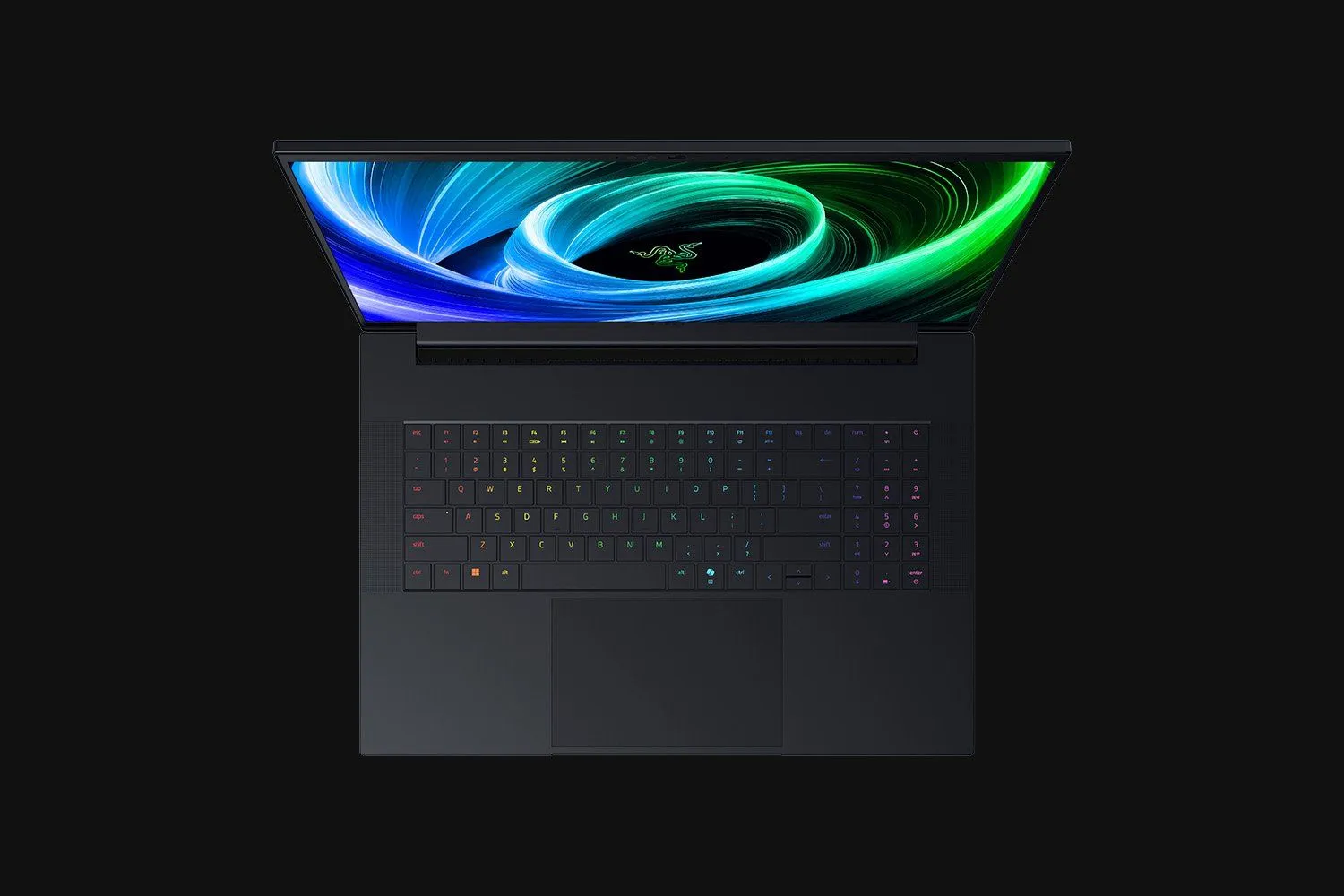
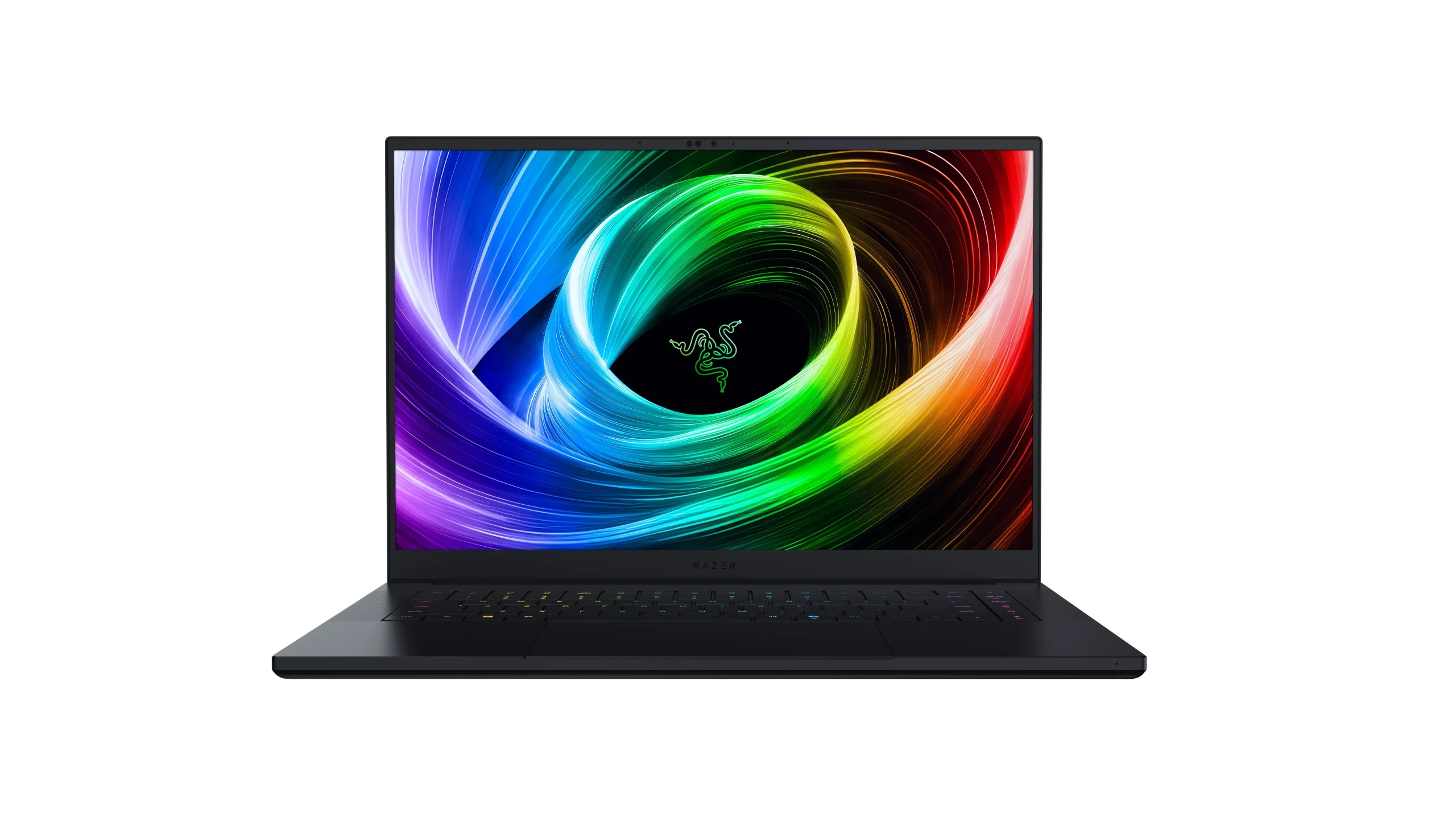

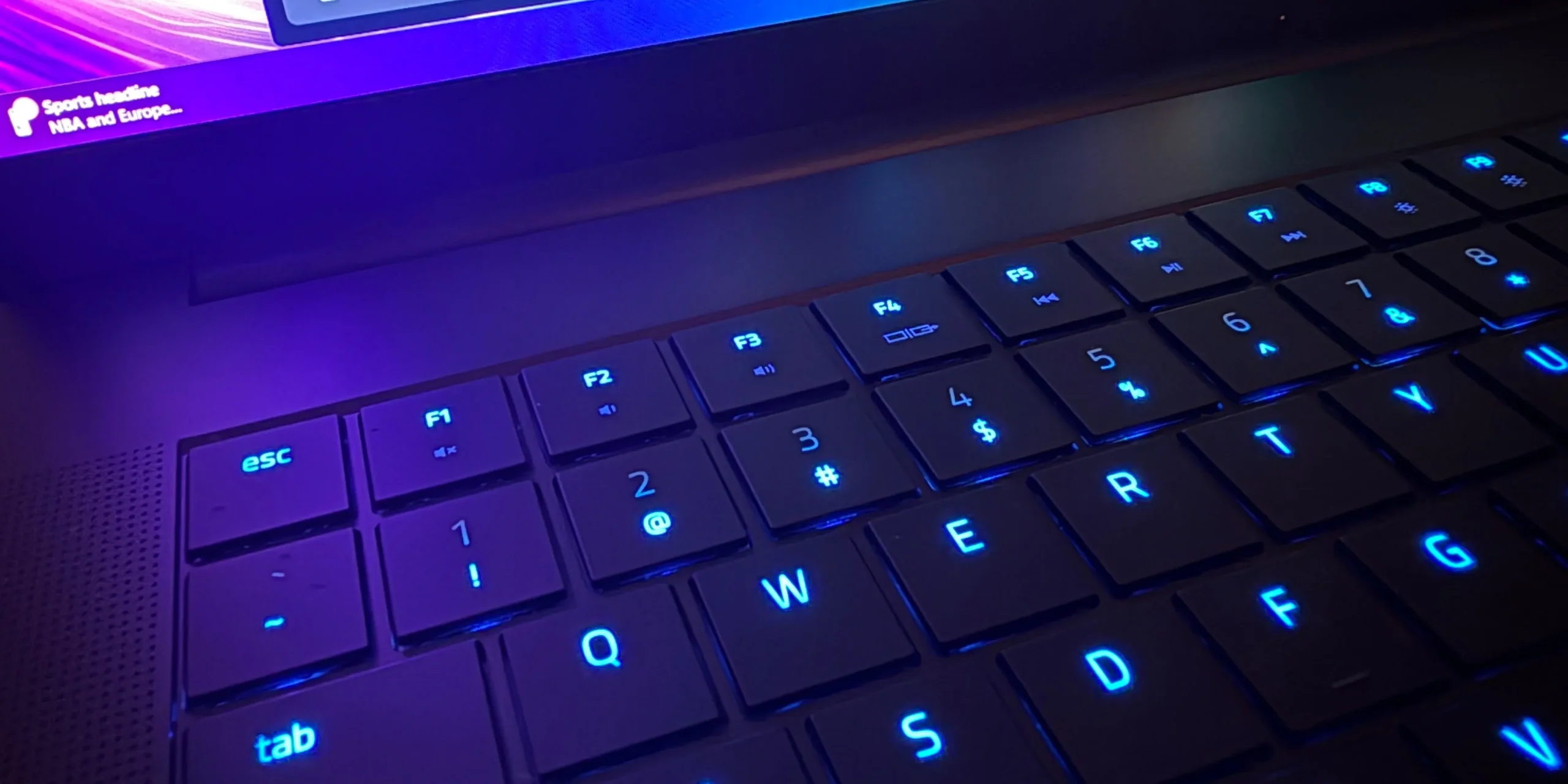
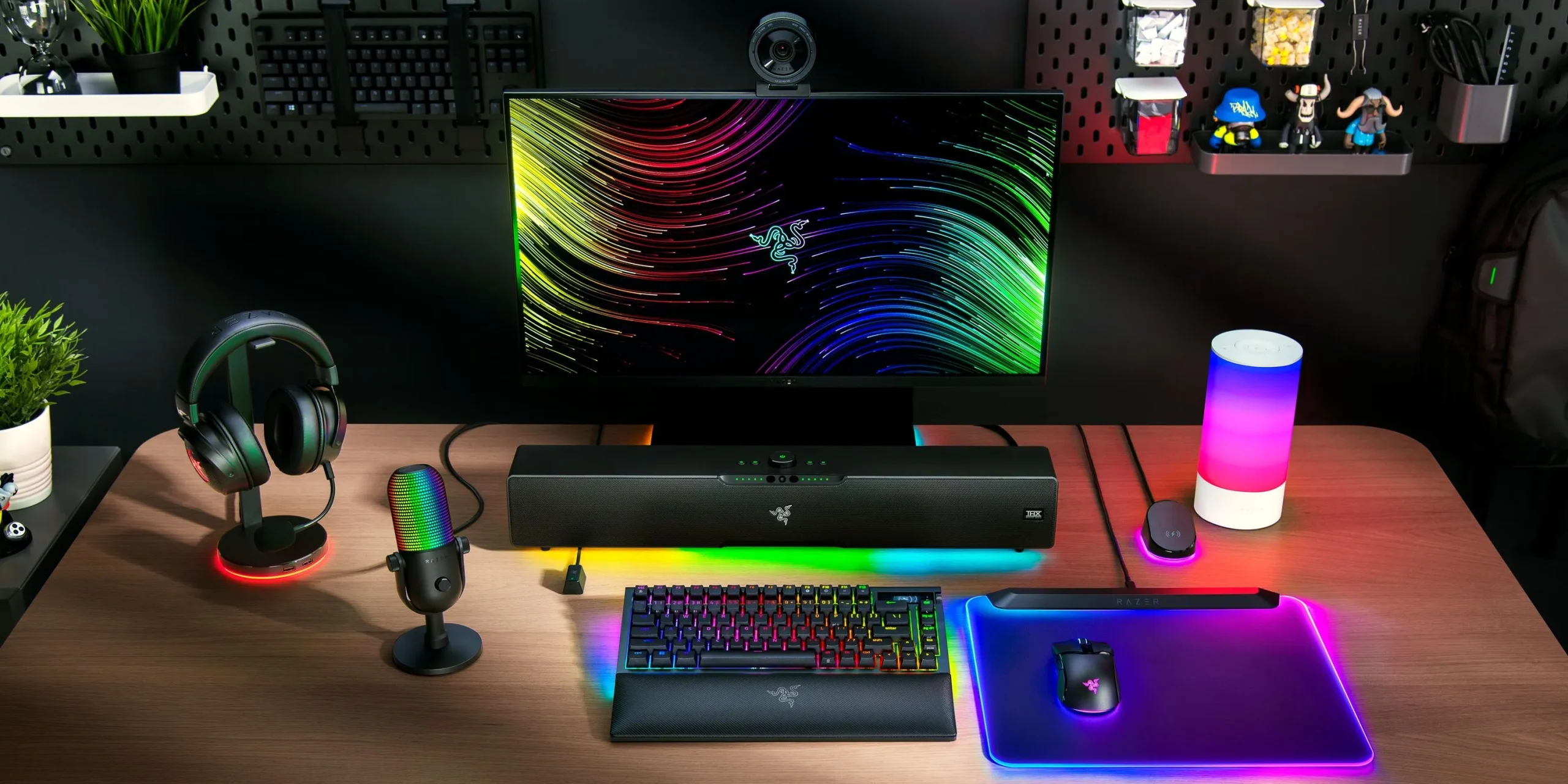
Are U.S. Tariffs Behind Razer’s Laptop Withdrawal?
While Razer has yet to clarify its recent laptop status, early indications strongly suggest a link to the tariffs instituted by the Trump administration. Notably, the Razer Blade 16 and additional models are still available for purchase or pre-order on Razer’s European site. Although Razer has a significant presence in the U.S. market, the company also operates out of Singapore, with manufacturing primarily taking place in China and Taiwan. With Taiwan subject to tariffs as high as 34%, the situation in China is markedly worse, with impending tariffs set to reach 104%. These tariffs are scheduled to take effect on April 9, just a day after Razer’s website updates came to light.
Though Razer’s laptops are not currently accessible, it is reasonable to anticipate their return in the near future. The company may be recalibrating its pricing strategy in response to the upcoming tariffs. Unfortunately, if these tariffs affect Razer’s operations, the prices of its laptops may rise considerably. This situation has already frustrated gamers, particularly with anticipation over the Nintendo Switch 2, whose pre-order window may also be impacted, compounding the increase in costs at a time when consumers are already feeling financial pressure. The evolving tariff landscape represents a challenging period for both consumers in the U.S. and the companies that cater to their needs.
